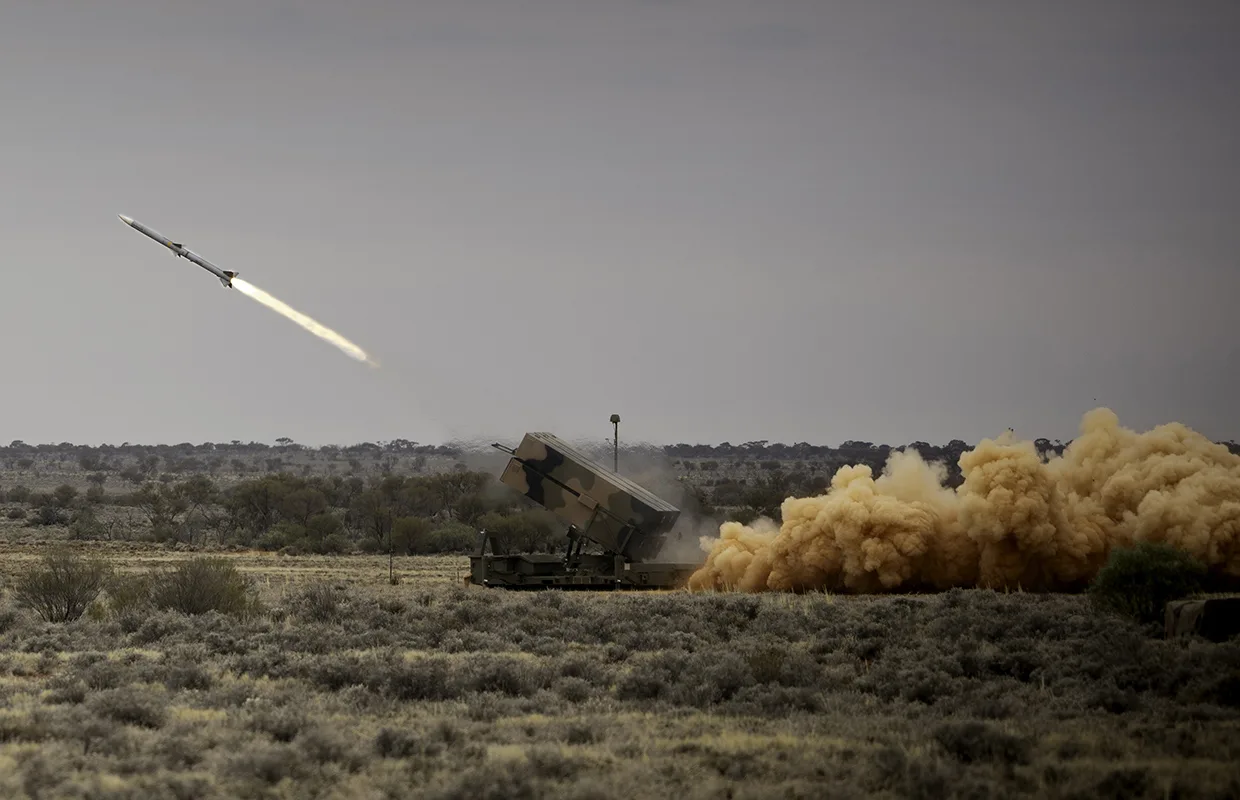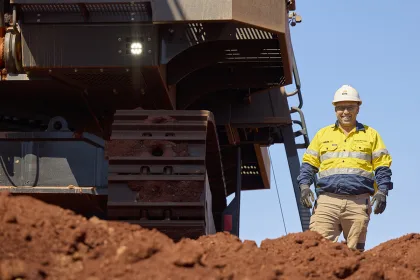We catch up with John Fry, Managing Director of Kongsberg Defence Australia, about the organisation’s new state-of-the-art missile manufacturing and maintenance facility.
A NEW DAWN FOR DEFENCE
The Australian defence industry has significantly evolved over the last 18 months, with the conduct of the Defence Strategic Review in 2023 and the subsequent release of the National Defence Strategy (NDS) by the Australian government last year.
The NDS was accompanied by a comprehensive investment programme which provided the defence sector with a clear direction and list of priorities for the country’s future capabilities.
This definitive blueprint, coupled with the increasing number of defence capability programmes emerging from the Commonwealth, has seen the industry landscape gear towards quicker, more direct decision-making.
“There’s a real acknowledgement that schedules need to be maintained in order to preserve access to funding, as this has become more constrained now there are some significant capability investment programmes such as nuclear-powered submarines,” introduces John Fry, Managing Director of Kongsberg Defence Australia.
In the context of increased industry demand, the company understands the importance of maintaining an accelerated schedule.
“This is a key requirement for our customers and we’ve consistently delivered on or ahead of schedule. This includes the successful live firing of the Naval Strike Missile (NSM) at the Rim of the Pacific (RIMPAC) Exercise last year, which occurred within 18 months of contract signature; this is pretty much an unprecedented achievement in the industry,” he details.
Kongsberg Defence Australia, in collaboration with its parent company, Kongsberg Defence & Aerospace (KDA), has done a power of work since we last spoke 12 months ago, installing NSM onto its first surface combatants for the Royal Australian Navy (RAN) as well as completing the delivery of its National Advanced Surface-to-Air Missile System (NASAMS) major end items in April 2024.
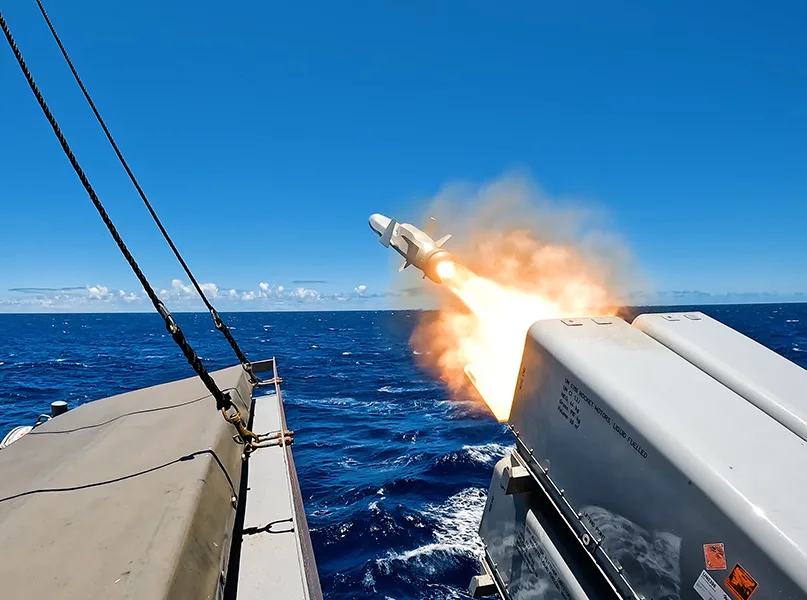
AIR, LAND, AND SEA
Kongsberg Defence Australia continues to be a valuable asset to the Australian Defence Force (ADF), providing long-term support to its air, land, and sea operations.
For the latter, it supports the RAN through the ongoing replacement of Harpoon missiles with NSM on its surface combatants.
“We’ve completed that for an initial number of destroyers and frigates, and the rollout for those will continue this year on a number of additional platforms,” Fry informs.
Meanwhile, in the land domain, the company has completed its NASAMS capability deliveries but continues to provide comprehensive training support for the Australian Army, ensuring the optimum performance of its systems.
Kongsberg Defence Australia is also a strategic partner to Hanwha Defence Australia, delivering the CORTEX C4 solution – a command, control, communications, and computers (C4) capability – for AS9 self-propelled howitzers and AS10 armoured ammunition resupply vehicles, under the Australian Army’s LAND 8116 Phase 1 – Protected Mobile Fires programme.
In the air domain, the company is supporting KDA in Norway through the delivery of the Joint Strike Missile (JSM) for the F-35A Lightning II capability for the Royal Australian Air Force (RAAF), which will commence later this year.
On top of this, Kongsberg Defence Australia was announced as a strategic partner of the Sovereign Guided Weapons and Explosives Ordnance (GWEO) Enterprise, a key component of the Australian government’s future defence plans.
This resulted in an AUD$850 million commitment to establish a manufacturing and maintenance factory for both NSM and JSM in Australia, underscoring the company’s long-term commitment to manufacturing and maintaining key weapon systems across its service life.
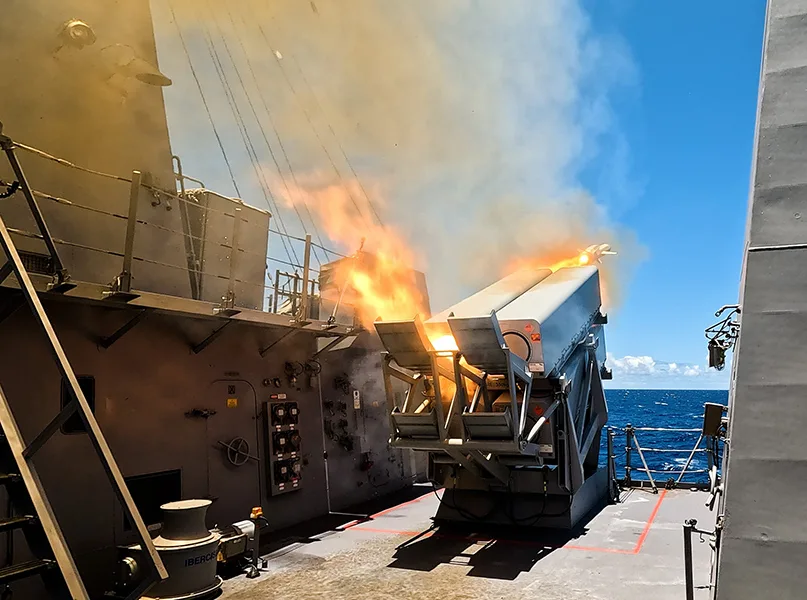
STATE-OF-THE-ART FACILITIES
Last year, Kongsberg Defence Australia began production at its purpose-built facility in Mawson Lakes, Adelaide which it uses for a number of programmes and capabilities.
Namely, the company is currently conducting maintenance of the major end items required for NASAMS, alongside the production of its C4 kits for the AS9 self-propelled howitzers.
It has also started manufacturing certain components for the ship-based equipment for the NSM capability and its future installations.
The company’s workforce in Adelaide has grown by over 50 percent thanks to the cutting-edge facility in preparation for the production ramp-up of the NSM launcher later this year.
Meanwhile, the Commonwealth announced the approval of a significant investment in 2024 to establish the company’s missile manufacturing and maintenance facility, which will be located in proximity to Newcastle Airport.
“This facility will further increase KDA’s ability to manufacture and maintain both NSM and JSM globally. We will be the second missile production facility following one that opened in Norway last year,” Fry highlights.
Indeed, the interest in both NSM and JSM capabilities continues to increase internationally.
“We are seeing most Western nations replace their legacy Harpoon capability with NSM, and more F-35 Lightning II users are showing interest in JSM,” he adds.
Back on home soil, Kongsberg Defence Australia anticipates identifying other platforms suitable for the NSM capability, including programmes such as the Hunter-class frigate used by the RAN, the general-purpose frigate, and an NSM coastal defence capability.
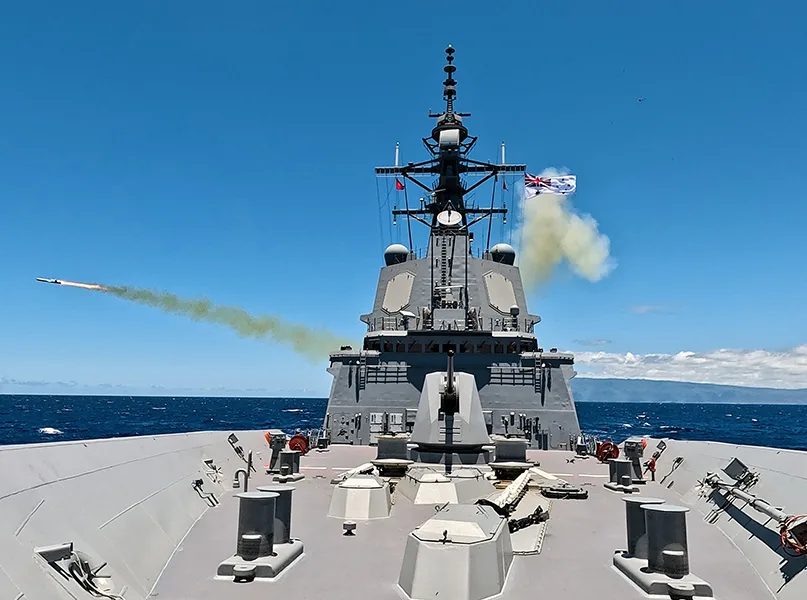
SECURING THE SUPPLY CHAIN
Kongsberg Defence Australia has a key focus on ensuring Australian companies populate its supply chain, manufacturing specialist components for unparalleled equipment solutions.
“Most of the work we have been doing so far has been around establishing build-to-print (BTP) capabilities and second sources of supply for the company,” Fry outlines.
This involves continual efforts in its NASAMS and NSM programmes, for which it has established significant supply partnerships.
In fact, Kongsberg Defence Australia has already signed its first export contract whereby it supplies coastal defence consoles with a similar hardware make-up to the air defence consoles used in the NASAMS capability back into a key European capability programme.
“This demonstrates how we have a strong supply chain and are leveraging it for both our Australian and international programmes.”
Such advancements also have correlative positive effects by bolstering local workforces across the entire supply chain and supporting the growth of partner companies.
“Everyone is always concerned about maintaining their workforce and growth, noting it can be quite difficult to retain jobs in this industry because the work can ebb and flow,” discusses Fry.
As a result of increased collaboration and engagement with its suppliers, Kongsberg Defence Australia’s programmes have allowed suppliers to retain their existing technical workers and continue to grow and evolve, ultimately building greater resilience across the entire Australian defence sector.

ENACTING CHANGE
Kongsberg Defence Australia has maintained a strong focus on sustainability throughout its operations.
For instance, the company’s Mawson Lakes facility was specifically designed according to Leadership in Energy and Environmental Design (LEED) principles, which it hopes to uphold across the entire building and operating process.
It is currently in the final stages of the LEED Building Design and Construction (BD+C) certification, with the objective of achieving Platinum level, which would make the facility one of the first BD+C buildings in Australia to achieve the recognition.
The company hopes to replicate these same design principles when designing and constructing its Newcastle facility, where it hopes to achieve LEED Gold certification.
“We are aiming very high to do as much as we can in terms of sustainability at our Newcastle facility,” Fry states.
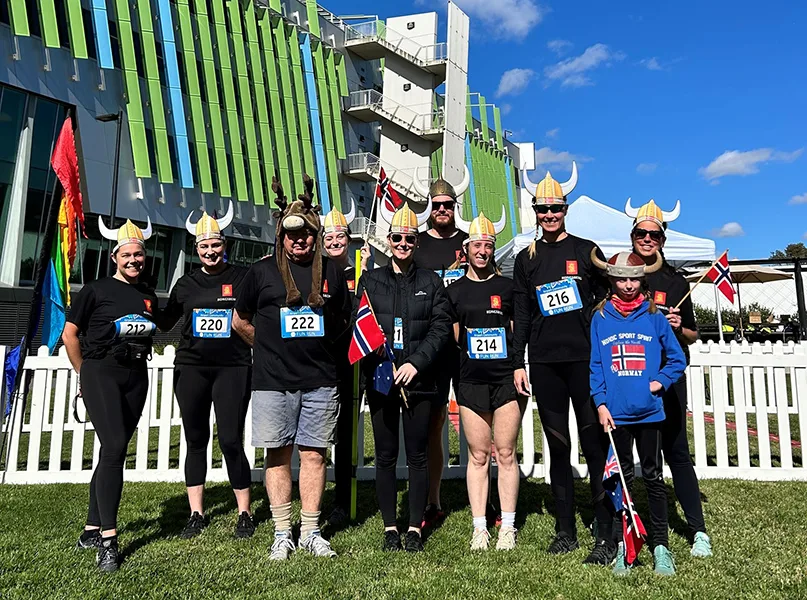
Additionally, Kongsberg Defence Australia proactively supports veterans in both the local community and internally, with ADF veterans comprising approximately 40 percent of the workforce.
The company works with a number of non-profit organisations, including Soldier On Australia and Legacy Australia, which are committed to supporting the veterans and their families.
Regarding sponsorships, the company also conducts numerous grassroots sponsorship activities in the areas where its employees are located, including supporting sports clubs in Adelaide and Canberra.
“We’ll be looking to do the same as we establish and grow our workforce in Newcastle,” Fry concludes.
Indeed, 2025 is set to be a year of significant growth for Kongsberg Defence Australia, centred around the construction of the new facility and introduction of a committed workforce in Newcastle as well as a dedicated upskilling programme to ensure smooth operations as its capability demands increase.



